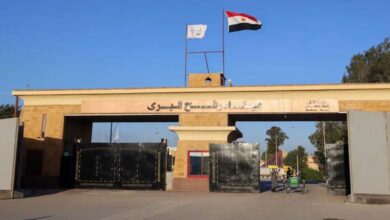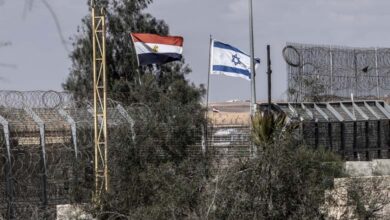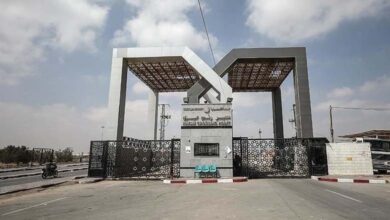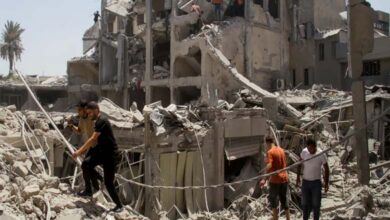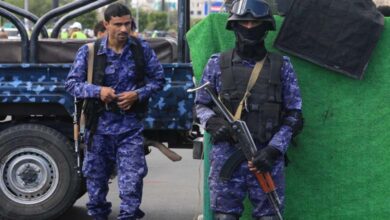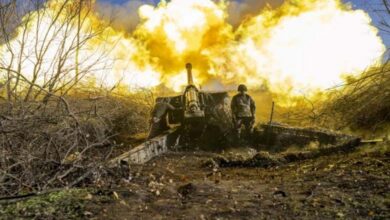B-52… an old bird indispensable to the U.S. military
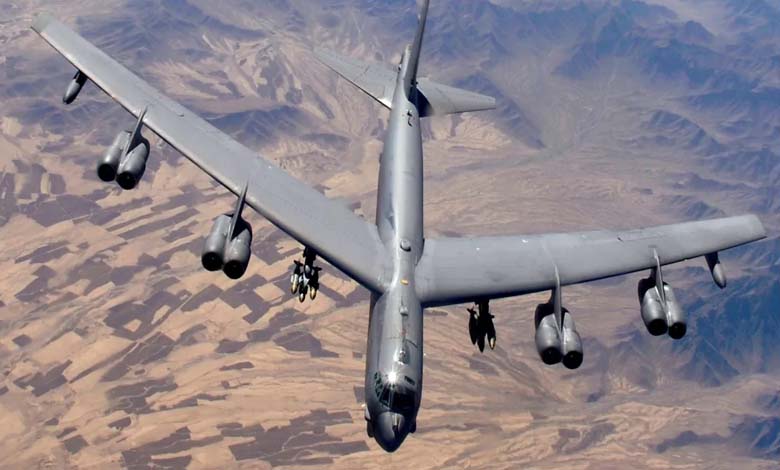
The Boeing B-52 Stratofortress, which first flew during the presidency of Dwight D. Eisenhower, represents a striking paradox in military aviation.
Despite its large size, relatively slow speed and radar-vulnerable profile, it is expected to remain in service more than a century after its maiden flight. What explains this exceptional resilience that makes it so hard to retire?
-
Trump and the Insurrection Act: Why Deploying the U.S. Military at Home Deepens Division
-
Drone Revolution: The Ukraine War Reshapes U.S. Military Priorities
According to Military Watch magazine, the B-52’s design was not overly complex or technologically extravagant but brilliant in its simplicity: broad wings, intercontinental range and a huge weapons-carrying capacity.
Those very characteristics, which made it a pillar of nuclear deterrence during the Cold War, are exactly what keep it relevant today on modern battlefields and in an era of fifth-generation fighters and unmanned systems.
-
Facing China and U.S. Ambiguity.. Japan Rebuilds Its Military Power
-
Saudi U.S. Army Ends “Desert Mirage III” Military Exercise
At a time when long-range cruise missiles and sophisticated air-defense systems have overtaken traditional penetration tactics, the B-52 has become something of a long-range airborne launch platform. It can loiter for hours in safe airspace and then release salvos of precision-guided missiles toward targets thousands of kilometers away, without needing to penetrate hostile airspace.
Paradoxically, the bombers designed to replace it have not endured. The Rockwell B-1B Lancer and the Northrop Grumman B-2 Spirit fell victim to over-specialization for mission sets that are less relevant today.
-
Military Operation in Western Somalia Against Al-Shabaab… ATMIS Under U.S. Criticism
-
U.S. wants to lead the military exercises with the Greek
The B-1B, built to fly low and fast to evade Soviet radars, lost much of its edge with the advent of satellite navigation and weapons launched from standoff distances.
The B-2 Spirit, though an engineering marvel of stealth, is extremely complex and costly to maintain because of its sensitive coatings and delicate systems, making its operation a heavy logistical and financial burden.
-
Russian Ship Without Radar off Danish Coast: Technical Failure or Military Tactic?
-
During military drills: the Tsirkon missile appears on the Russian stage
Both types were crafted for the Cold War era, whereas the B-52, thanks to its flexibility, has proven better suited to a new age in which threats change rapidly.
The genius of the B-52 lies in its “open-platform” design, almost limitless in its upgradability. It has undergone deep modernization programs that converted its old analog cockpit into a modern digital environment with displays and advanced communications systems, shifting the crew’s role from operating mechanical instruments to managing an integrated combat system.
The re-engining program with new Rolls-Royce engines will give it greater range, improved fuel efficiency and reduced operational burden.
-
Is War Approaching? Venezuela Deploys Warships and Drones in Response to U.S. Moves
-
European Forces Under U.S. Command?
Additionally, the bomber can now carry and employ most types of missiles and smart munitions in the U.S. inventory, and it can be readily adapted to accommodate future weapons.
Economically, although its operating cost is around $70,000 per flight hour, it remains far cheaper than its stealth counterpart, the B-2, making it a practical and cost-effective choice.
The magazine concludes that the B-52 is not merely an old warplane that refuses to die but a living strategic system that continually evolves. Good design does not age; it adapts.
-
Threat to the U.S. and East Asia: Discovery of a Ballistic Missile Base in North Korea
-
The Dream of Airborne Rearmament: A New Goal for the U.S. Air Force
B-52 Stratofortress specifications
Year entered service: 1955
Number built: 744 (all versions); about 76 B-52H airframes remain in USAF service
Length: 48.5 m
Wingspan: 56.4 m
Weight: approximately 84,000 kg empty; approximately 221,000 kg maximum takeoff weight
Top speed: 650 mph (≈ 1,046 km/h)
Combat radius / range: roughly several thousand miles / ≈ 7,000 km depending on payload, route and aerial refueling
Payload: 31,500 kg of explosives / mixed weapons load
Crew: 5 (pilot, co-pilot, weapons systems officer, navigator, electronic warfare officer)



